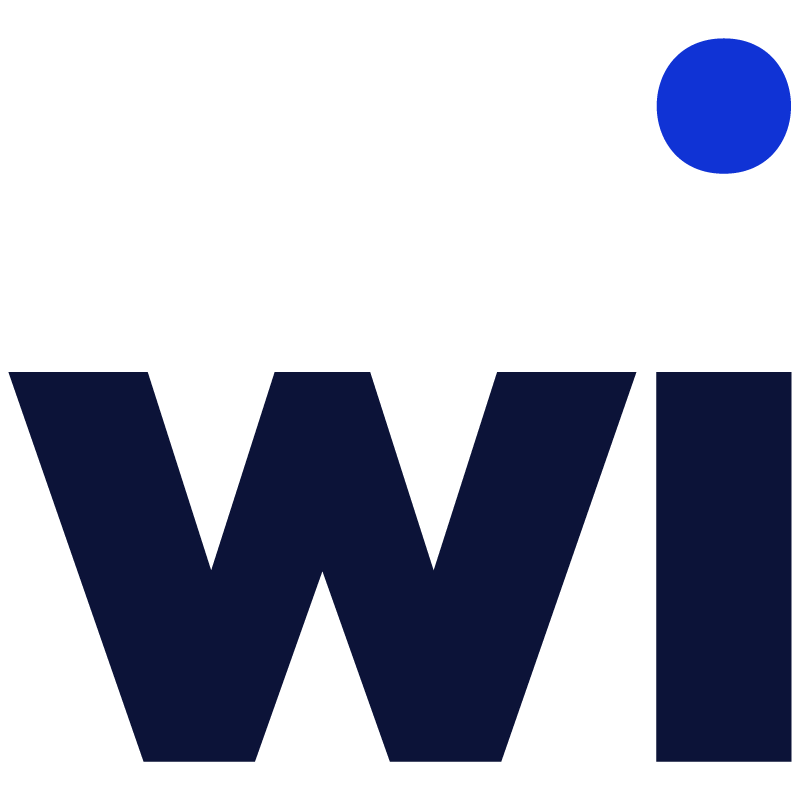We recently conducted a global Secret Shopper program for one of our clients. The primary objective was to understand how well a particular program was being executed by the channel to small business customers. Our client was both very pleased and somewhat shocked by some of our findings.
Our client had developed a program that would influence how both distributors and resellers marketed and sold a new product (for more information on product launch Best Practices, click here). Our client is quite sophisticated when it comes to channel relationships, so they gathered information from their channel partners, put together clear instructions, and provided training and support. And yet, the Secret Shopper assessment revealed several unexpected key issues that have caused us to take a much closer look at how programs actually manifest through channel partners.
The overall finding was that the new product being offered from our client was either:
- Not even offered to us (the small business customer buying the product), or
- Was offered reluctantly when we asked about it, and / or
- Was presented to us incorrectly.
Why did this happen? In this case, we believe there were three fundamental key issues or root causes behind the underperformance of this channel program - the program was complex, the customer benefit was not clear, and there was a lack of alignment between vendor and channel goals:
Let's look at this from the perspective of the channel partner:
Program Complexity
- Inertia. The vendor (our client) may have been gearing up for this new product launch for a long time. The channel partner (the person marketing and selling the new product to the small business customer) hadn't given it a second thought. Now, all of the sudden, our client wants their partner to change? Change extends sales cycles, distracts resources, costs money, requires attention. Good luck.
- Confusion. Exactly how is the new product different from the older one? Has the channel partner (the person selling the new product) achieved a clear understanding of the difference between the old product and the new product? If not, the channel partner is likely to go back to the tried and true. The channel partner is going to sell what he/she understands.
Clear Customer Benefit
- Pride. Exactly what is the benefit of this new product to the user/buyer? Is there a clear value proposition that the channel partner can share with their small business customer to convince this customer that the new product is worth replacing the old product? The channel partner does not want to be accused of not knowing what he/she is talking about. The channel partner wants their clients to come to them because they know what they are talking about and they are recommending what is best to me, the small business customer. The channel partner needs to look good to the small business customer.
Vendor & Channel Goal Alignment
- WIFM (What's in it for me?). This is often the biggest channel breakdown, the creation of a clear and compelling business proposition for the channel partner to change everything that they are doing to get on board with a vendor's launch of a new product. If the channel partner thinks it's easier to sell the old product, and thinks they will get paid the same or spend less with the old product, why bother pushing the new product? Does the channel partner get paid more? Will his/her sales be easier? Will the channel partner's costs go down with the new product? Will the channel partner be able to sell more of other products as a result? Is there huge demand for this product already? And most importantly, will the channel partner create stronger customer relationships because the small business customer feels that the channel partner is recommending a new product that is truly in the best interest of the small business customers operations?
So, what are the lessons from this?
Our client had already done an outstanding job of evaluating this new product program with an internal team. The client thought that they had a very robust understanding of the issues and challenges from their own perspective and indeed they had. Our client had created a detailed list of challenges with the product launch; the client had prioritized the list of challenges; and the client was actively working to fix these challenges in the order prioritized order of issues.
On the other hand, the client also realized that there were two additional perspectives that were critical to understand to determine the success of the new product launch - the channel partner's perspective and the target customer's experience. To fully understand these critical perspectives, we recommend 3 steps:
- Channel Partner Perspective (to see more about what Channel Partners are thinking, see Four Pillars for Product Launch )
First, understand the channel partner's list of what they perceive is working with the new program as well as the channel partner's list of what is not working with the program. - Channel Partner Priorities
Second, understand the channel partner's prioritization of what are the most important things to fix and what are the items that are working best and why - Target Customer's Experience
Third, walk a mile in the end customer's shoes. In this case, acting as a small business customer and buying product through the channel showed our client what it was really like from the perspective of their end customer to try to buy this new product. At times, it was a fantastic customer experience. During other times, it was bewildering or worse for the small business customer.
Do you know what your channel is really doing?
(Glenn Gow and Todd Keleher also contributed to this post).
Link to original post








